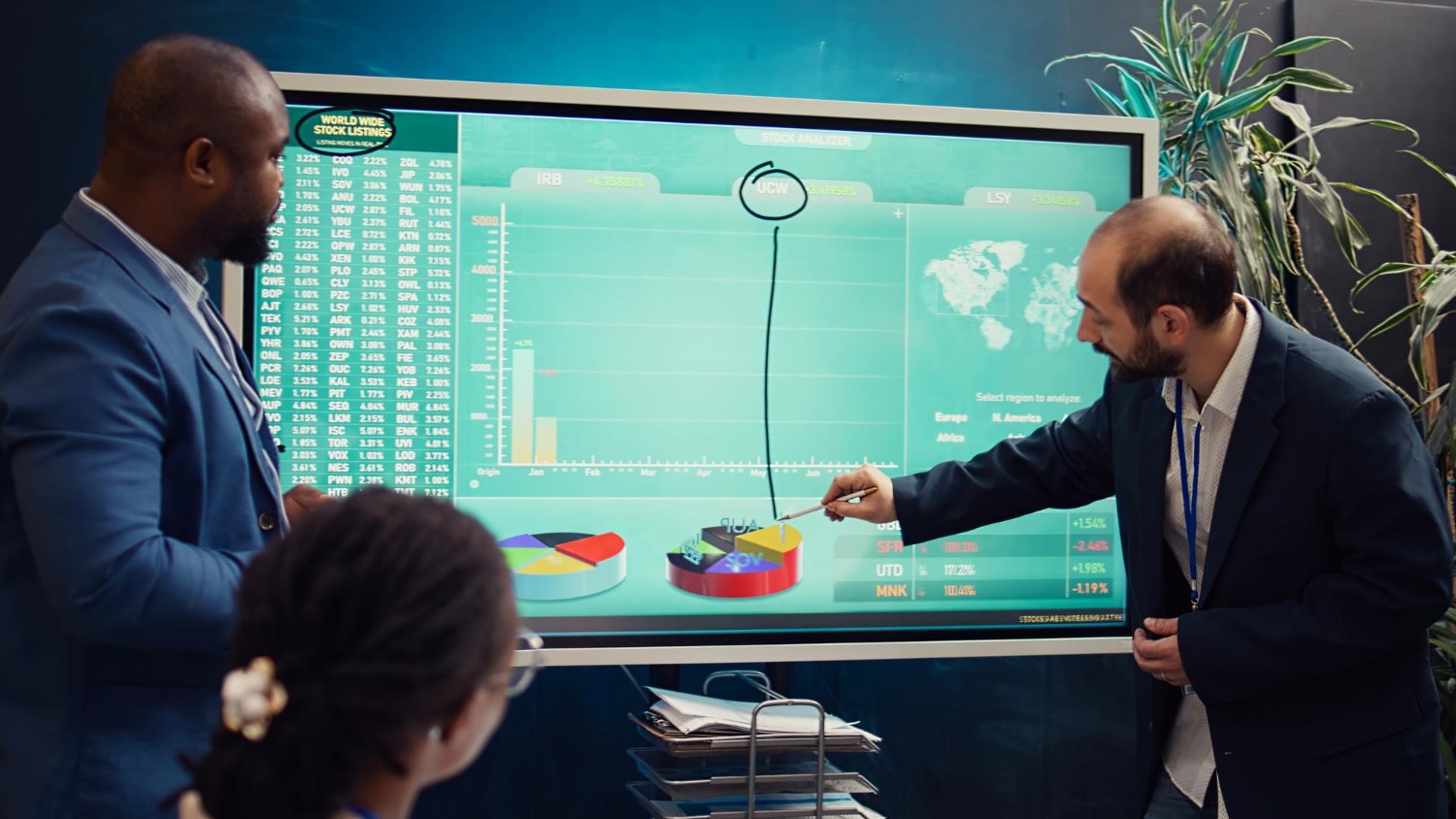Running a hotel requires much more than offering comfortable rooms and great service. Behind the scenes, owners and managers need a clear plan to forecast revenues, control costs, and ensure healthy profits. That’s where a financial model for hotel comes in. It acts as a blueprint for decision-making, guiding everything from daily operations to long-term investments.
In this article, we’ll explore why a hotel-specific financial model is essential, how it works, and how you can use it to maximize growth. We’ll break it down into easy-to-follow sections, providing practical tips and insights for hotel owners, investors, and managers.
Why a Hotel Needs a Financial Model
Hotels face unique financial challenges compared to other businesses. Seasonal demand, fluctuating room rates, and operational overheads can make revenue prediction tricky. Without a structured plan, it’s easy to underprice rooms, overspend on staffing, or miss growth opportunities.
A well-designed hotel financial model can:
- Project revenue across different occupancy levels
- Track fixed and variable costs with accuracy
- Forecast cash flow for better budgeting
- Measure return on investment for renovations or expansions
- Identify peak and off-peak profit periods
Core Components of a Hotel Financial Model
To get accurate and useful projections, your model should include:
- Revenue Streams
- Room bookings
- Food and beverage sales
- Event and conference bookings
- Spa, gym, and other paid amenities
- Operating Costs
- Staff salaries and benefits
- Utilities and maintenance
- Housekeeping and supplies
- Marketing and promotions
- Capital Expenditures (CapEx)
- Renovations and refurbishments
- Furniture, fixtures, and equipment upgrades
- Debt and Financing Details
- Loan repayments
- Interest expenses
- Key Performance Indicators (KPIs)
- Average Daily Rate (ADR)
- Revenue Per Available Room (RevPAR)
- Occupancy Rate
How to Build a Financial Model for a Hotel
Building a hotel financial model isn’t just about inserting numbers into a spreadsheet. It’s about structuring your data so you can make better decisions.
Step 1: Define Your Assumptions
Start with realistic assumptions about occupancy rates, room prices, and cost inflation. Use historical data if available.
Step 2: Create Revenue Projections
Calculate projected earnings from all revenue streams. Include seasonality adjustments.
Step 3: Estimate Operating Expenses
Break down fixed and variable costs to identify areas for savings.
Step 4: Include Investment Plans
Factor in any future renovations or expansions and their expected returns.
Step 5: Run Different Scenarios
Model best-case, average-case, and worst-case situations to prepare for uncertainty.
The Value of Scenario Planning
Hotels often face unexpected changes — from travel restrictions to weather disruptions. Scenario planning helps you prepare by showing how your business performs under different conditions.
Example scenarios:
- High Occupancy – Optimistic projections for peak tourist season
- Moderate Occupancy – Normal expected conditions
- Low Occupancy – Worst-case scenario during slow seasons or market downturns
Midway Checkpoint: Why Now Is the Time to Act
If your hotel doesn’t have a structured plan yet, now is the perfect time to invest in a professional financial model for hotel. It’s not just a spreadsheet; it’s a powerful decision-making tool that can help you avoid costly mistakes.
By working with specialists who understand hotel operations, you can develop a model that’s tailored to your property’s unique needs. This way, you’ll have a clear picture of your financial future and the confidence to grow your business.
CTA : Take the next step today — start building a financial model that gives your hotel the clarity and control it needs.
Benefits of a Strong Financial Model
When implemented well, a hotel financial model delivers:
- Predictable Cash Flow – Anticipate income and expenses with greater accuracy
- Operational Efficiency – Reduce waste and allocate resources wisely
- Investment Confidence – Make informed decisions about property upgrades
- Risk Reduction – Identify and plan for potential downturns
- Performance Tracking – Monitor KPIs and adjust strategies quickly
Mistakes to Avoid When Creating Your Model
Even experienced hotel operators can make errors in financial forecasting. Common mistakes include:
- Overestimating Occupancy Rates – Being overly optimistic can distort your projections
- Ignoring Seasonality – Not accounting for off-peak periods can lead to cash flow problems
- Underestimating Costs – Hidden expenses like staff training or equipment repairs add up
- Failing to Update the Model – A model is only useful if it’s regularly updated with fresh data
Integrating Technology into Your Financial Model
Modern tools make it easier to maintain and update your hotel financial model. Cloud-based spreadsheets, property management systems, and analytics dashboards allow real-time monitoring. Automation ensures your data stays accurate and up-to-date, helping you make faster, smarter decisions.
Key Tips for Hotel Owners and Managers
- Keep your model simple but detailed enough to be actionable
- Use actual performance data to adjust assumptions
- Schedule quarterly reviews to stay on track
- Share insights from the model with your management team
- Always prepare for multiple scenarios
Making the Most of Your Model
Your hotel’s financial model should be a living document. Update it regularly, compare projections to actual results, and use the insights to refine your pricing, marketing, and service strategies. Over time, the accuracy of your forecasts will improve, giving you even more confidence in your decisions.
Your Roadmap to Profitability
A tailored financial model for hotel is not just a planning tool — it’s your roadmap to stability, growth, and higher profitability. Whether you manage a boutique property or a large chain, understanding your financial position allows you to make informed choices and stay competitive in any market.



